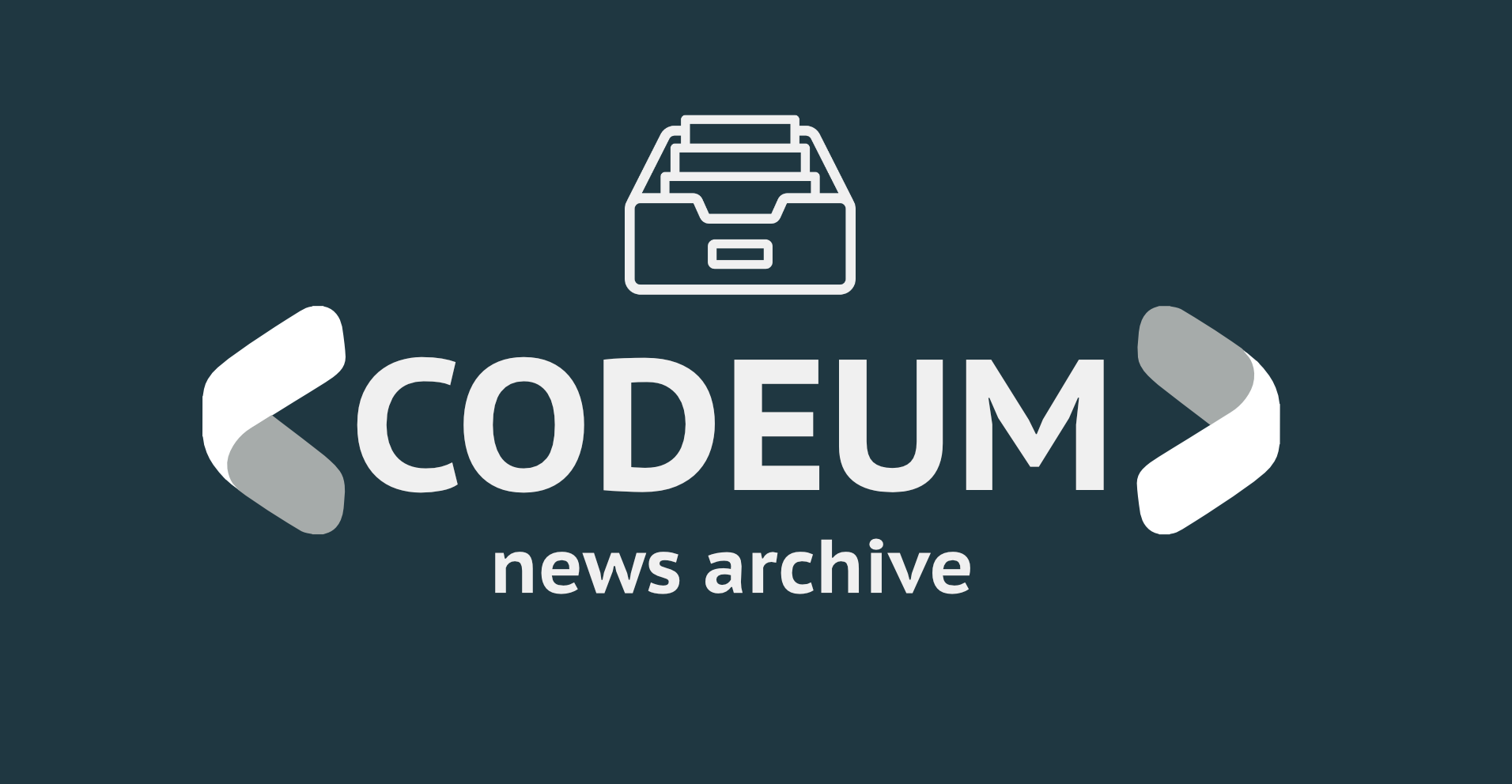
Stablecoin Issuer Has Completed XRP Ledger Integration for Its Flagship Product EURS
Recently, STASIS, the issuer of EURS, which it claims to be the largest euro-backed digital asset’, announced that it had integrated the XRP Ledger to “further shape the vision of multichain stablecoin.”
The Evolution of the XRP Ledger
The open-source public XRP Ledger (XRPL) was created in 2012 by David Schwartz, Jed McCaleb, and Arthur Britto; its native digital asset is XRP.
On 27 February 2020, during an episode of “The Ripple Drop” (Ripple’s web video series), Schwartz spoke with with producer/editor Reinhard Cate about the evolution of the XRP Ledger.
Cate started the interview by asking Schwartz how the XRP Ledger started and what its current status is.
Schwartz replied:
“Well, I started working on what we now call the XRP Ledger at the end of 2011; so I’ve been at this for eight [or] nine years… but the changes have been drastic. I mean in the early days all we had was the ability to perform a transaction on a decentralized ledger in just a couple of seconds, and then we started to realize that the properties of the algorithms that we developed allowed us to do things like a decentralized exchange.
“And then we had this idea of allowing people to issue assets and ideas like community credit, and we put all that together into a functional system probably in mid 2012.”
Cate then wanted to know why the robustness of the XRP Ledger is so important.
Schwartz said:
“You have to realize that you’re talking about billions of dollars in a system that doesn’t have an administrator. There’s nobody that you can go to if it messes up, and so reliability is the number one property, and it means that these systems are very slow to develop and evolve.
“In the early days, before I was working on the XRP Ledger and I was looking at Bitcoin, and we sort of had this idea that if there was any new feature, Bitcoin would just adopt it.
“We now know that’s hopelessly naive because any change to a system like this imposes cost on everybody who uses the system. With any other piece of software, a company will release a new version of the software, say Oracle releases a new version, and they’ll say to people who have like mission critical deployments ‘don’t upgrade to the new version, just use the current version, give us a little bit of time, test it whatever’.
“You can’t really do that on a public blockchain — if the rules change, people have to run software with the new rules. You want to ask why these systems don’t move more quickly, why they don’t add features on a regular basis, that’s why.”
How STASIS Is Using the XRP Ledger
In a blog post published on 1 November 2022, STASIS said:
“By 2022, EURS has cemented its place as a most trusted asset in the euro stablecoin segment, that has seen very few competitive fintech products. Given that the global user base has just started climbing their learning curve in understanding the risks behind these products, many stablecoin companies have tried to penetrate the market and failed to achieve perceptible adoption. The combination of specific qualities makes STASIS-issued stablecoin stand out from the crowd.
“The latest research conducted by the project team clearly shows EURS to be a superior multichain asset after facilitating a study on the euro stablecoins. Taking into account the direction towards multichain development, we found XRPL to be the very blockchain rails that provide significant benefits such as advanced scalability, increased speed, and lowered cost.
“Following our initial engagement with Ripple earlier this year that provides developers, institutions and consumers who hold EURS with easy on and off-ramps, we’re happy to confirm the finalization of development and willingness to enter the next stage to start integrating strategies for cross-border payments. Meanwhile, Ripple will continue to provide STASIS with technical support. This vital step helps to reveal a viable alternative to globally emerging stablecoin products.“
STASIS CEO Gregory Klumov had this to say:
“Another brick has just been added into the foundation of EURS, and it will solidify our asset for the next cycle of stablecoin market adoption. Our ongoing partnership will focus on exploring the newly-emerged opportunities of XRP to enable a better financial inclusion as well as stablecoin infrastructure and services that truly align with the values of the Web3 realm.“
Image Credit
Featured Image via Pixabay
Source link